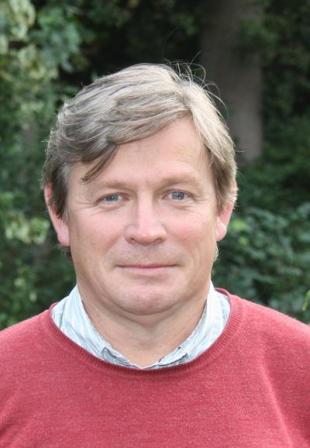Paul White is Professor of Statistical Signal Processing within Engineering and Physical Sciences at the University of Southampton.
"Sound plays a vital role in the lives of marine mammals; understanding how they use acoustics provides inspiration for man-made systems, whilst monitoring the impact of man-made noise is important for their conservation."
Paul is Professor of Statistical Signal Processing in the Institute of Sound and Vibration Research (ISVR).
Having obtained a BSc in Mathematics in 1985, Paul moved along the south coast to Southampton to undertake his PhD at the University of Southampton, becoming a lecturer in ISVR in 1988 and was awarded his Chair in 2004.
Abstract
A WHISTLE STOP TOUR OF PROCESSING FOR DELPHINID VOCALISATIONS
Passive Acoustic Monitoring (PAM) of the ocean has increased dramatically over the last decade. PAM being the civilian equivalent to passive sonar. The availability of relatively low cost, reliable, long-endurance underwater acoustic recorders has meant that an increasing amount of acoustic data is being collected. One of the key motivators for this technology is to study marine mammals, be that to: monitor for them to activities (e.g. sonar transmissions) to mitigate impacts, explore animal distributions or to estimate species abundance. Having collected the large datasets there is a need to develop tools to assist with the analysis – traditional analysis methods rely upon manual inspection of data in near-real time, which becomes unfeasibly demanding when deployments can last months.
Delphinids (oceanic dolphins) are a species group which produce three general classes of vocalisations: echolocation clicks, burst pulses and whistles. Classifying delphinids to the species level, based on acoustic data remains a significant challenge, but it is believed that whistles (frequency modulated chirps) provide the most promising route to acoustic classification. Real datasets recorded from these animals consists of a complicated mixture of multiple rapidly frequency modulated narrowband signals mixed with broadband and impulsive noise sources. This paper will discuss some of the processing challenges associated with analysing these whistles with the ultimate goal of classifying them. In particular, we shall consider the problems of detecting the whistles, extracting them and then solutions to the multi-target tracking problem that arises when trying to isolate whistles from individuals.










